THIACETAZONE
- CAS NO.:104-06-3
- Empirical Formula: C10H12N4OS
- Molecular Weight: 236.29
- MDL number: MFCD00022157
- EINECS: 203-170-6
- SAFETY DATA SHEET (SDS)
- Update Date: 2024-11-19 23:02:33

What is THIACETAZONE?
Chemical properties
Solid
The Uses of THIACETAZONE
Thiacetazone (cas# 104-06-3) is used in combination chemotherapy, in preparation of nucleosides as inhibitors of adenylate-forming enzyme MenE.
Indications
Thiacetazone is active against many strains of M. tuberculosis. It is not marketed in the United States. However, because of its low cost, it is used as a first-line agent in East Africa, especially in combination with compounds such as isoniazid. The most common side effects of thiacetazone include GI intolerance and development of rashes. It causes significant ototoxicity, especially when coadministered with streptomycin. Lifethreatening hypersensitivity reactions, such as hepatitis, transient marrow aplastic syndromes, neutropenia, and thrombocytopenia, have been reported.
Definition
ChEBI: Thioacetazone is a member of acetamides and an anilide.
Pharmaceutical Applications
Thioacetazone (USAN amithiozone) is a synthetic compound
discovered during initial work on the sulfonamides, to which
it is structurally related. It is only slightly soluble in water. It
is a weak bacteristatic drug, with frequent serious side effects,
particularly in HIV-positive persons to whom it must never
knowingly be given. On the advice of the WHO it no longer
has a place in the treatment of tuberculosis, except as a last
resort in cases of extreme drug resistance.
In-vitro MICs vary considerably according to the medium
used and bear little relation to in-vivo efficacy. Many strains
of M. tuberculosis isolated in East Africa, India and Hong
Kong are naturally more resistant than strains from Europe.
Acquired resistance, as a result of monotherapy, is prevalent
in the developing countries.
Thioacetazone is well absorbed, achieving a plasma
concentration
of 1–4 mg/L 2–4 h after a 100 mg oral dose.
The plasma half-life is 8–12 h. Little is known about the
distribution
of the drug. Several metabolites are described.
About 20% is eliminated in the urine; the fate of the remainder
is unknown. Rashes are common, occurring in 2–4%
of patients in Africa but much more frequently in those of
Chinese ethnic origin. More severe skin reactions, exfoliative
dermatitis and Stevens–Johnson syndrome occur in less than
0.5% of HIV-negative patients, but there is a 10-fold increase
of these reactions in HIV-positive patients, proving fatal in up
to 3% of such patients. Other common side effects include
gastrointestinal reactions, vertigo and conjunctivitis. Less
common reactions include hepatitis, erythema multiforme,
hemolytic anemia and, rarely, agranulocytosis. Prolonged
therapy may rarely lead to hypertrichosis, gynecomastia and
osteoporosis. It is very rarely used, but may occasionally be
considered (with other antituberculosis drugs) in extremely
drug resistant tuberculosis.
Properties of THIACETAZONE
| Melting point: | 225-230 °C |
| Density | 1.2752 (rough estimate) |
| refractive index | 1.6440 (estimate) |
| storage temp. | Store at -20°C |
| solubility | Soluble in DMSO |
| form | powder to crystal |
| pka | 11.35±0.70(Predicted) |
| color | White to Orange to Green |
Safety information for THIACETAZONE
| Signal word | Warning |
| Pictogram(s) |
 Exclamation Mark Irritant GHS07 |
| GHS Hazard Statements |
H315:Skin corrosion/irritation H319:Serious eye damage/eye irritation |
| Precautionary Statement Codes |
P280:Wear protective gloves/protective clothing/eye protection/face protection. P302+P352:IF ON SKIN: wash with plenty of soap and water. P305+P351+P338:IF IN EYES: Rinse cautiously with water for several minutes. Remove contact lenses, if present and easy to do. Continuerinsing. P332+P313:IF SKIN irritation occurs: Get medical advice/attention. P337+P313:IF eye irritation persists: Get medical advice/attention. |
Computed Descriptors for THIACETAZONE
Abamectin manufacturer
New Products
4-AMINO-TETRAHYDRO-PYRAN-4-CARBOXYLIC ACID HCL 4-(Dimethylamino)tetrahydro-2H-pyran-4-carbonitrile 4-AMINO-TETRAHYDRO-PYRAN-4-CARBOXYLIC ACID 4-Aminotetrahydropyran-4-carbonitrile Hydrochloride (R)-3-Aminobutanenitrile Hydrochloride 5-Bromo-2-nitropyridine Nimesulide BP Aceclofenac IP/BP/EP Diclofenac Sodium IP/BP/EP/USP Mefenamic Acid IP/BP/EP/USP Ornidazole IP Diclofenac Potassium 3-Bromopyrazole (3aR,4R,5R,6aS)-hexahydro-5-Triethyl silyloxy-4-((E)-3-oxo-5-phenylpent-1- enyl)cyclopenta[b]furan-2-one. 1-Chlorocarbonyl-4-piperidinopiperidine 1-Bromo-4-phenyl-2-Butanone 4-Amino-2-fluoro-N-methylbenzamide 1,1'-Carbonyldiimidazole SODIUM AAS SOLUTION ZINC AAS SOLUTION BUFFER SOLUTION PH 10.0(BORATE) GOOCH CRUCIBLE SINTERED AQUANIL 5 BERYLLIUM AAS SOLUTIONRelated products of tetrahydrofuran
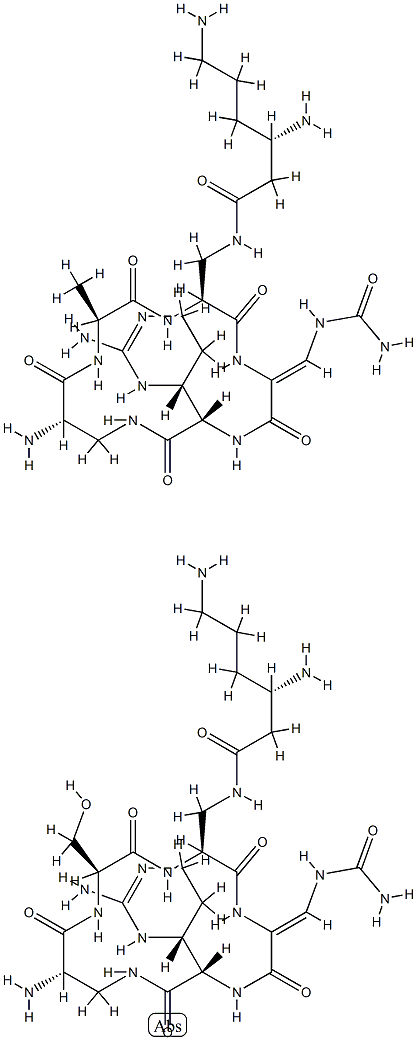
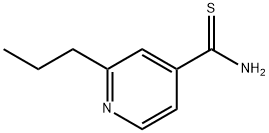
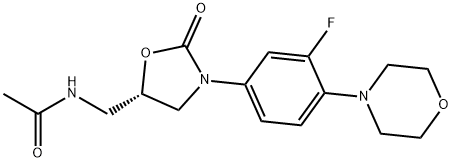

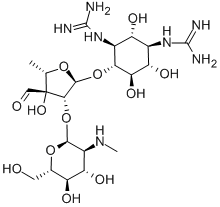
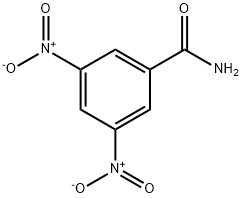
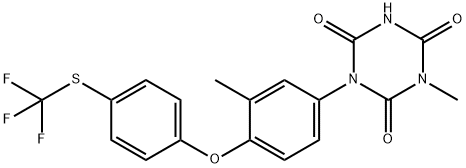
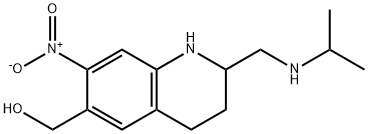
You may like
-
 Thiacetazone CAS 104-06-3View Details
Thiacetazone CAS 104-06-3View Details
104-06-3 -
 4-ACETAMIDOBENZALDEHYDE THIOSEMICARBAZONE CAS 104-06-3View Details
4-ACETAMIDOBENZALDEHYDE THIOSEMICARBAZONE CAS 104-06-3View Details
104-06-3 -
![Dimethyl [2-oxo-3-[3-(trifluoromethyl)phenoxy]propyl]phosphonate 99%](https://img.chemicalbook.in//Content/image/CP5.jpg) Dimethyl [2-oxo-3-[3-(trifluoromethyl)phenoxy]propyl]phosphonate 99%View Details
Dimethyl [2-oxo-3-[3-(trifluoromethyl)phenoxy]propyl]phosphonate 99%View Details
54094-19-8 -
 85-81-4 99%View Details
85-81-4 99%View Details
85-81-4 -
![208111-98-2 (3aR,4R,5R,6aS)-5-(Benzoyloxy)hexahydro-4-[(1E)-3-oxo-4-[3-(trifluoromethyl)phenoxy]-1-buten- 1-yl]-2H-cyclopenta[b]furan-2-one 99%](https://img.chemicalbook.in//Content/image/CP5.jpg) 208111-98-2 (3aR,4R,5R,6aS)-5-(Benzoyloxy)hexahydro-4-[(1E)-3-oxo-4-[3-(trifluoromethyl)phenoxy]-1-buten- 1-yl]-2H-cyclopenta[b]furan-2-one 99%View Details
208111-98-2 (3aR,4R,5R,6aS)-5-(Benzoyloxy)hexahydro-4-[(1E)-3-oxo-4-[3-(trifluoromethyl)phenoxy]-1-buten- 1-yl]-2H-cyclopenta[b]furan-2-one 99%View Details
208111-98-2 -
 2033-24-1 99%View Details
2033-24-1 99%View Details
2033-24-1 -
 Meldrums acid 2033-24-1 99%View Details
Meldrums acid 2033-24-1 99%View Details
2033-24-1 -
 2-Aminopyridine 504-29-0 99%View Details
2-Aminopyridine 504-29-0 99%View Details
504-29-0